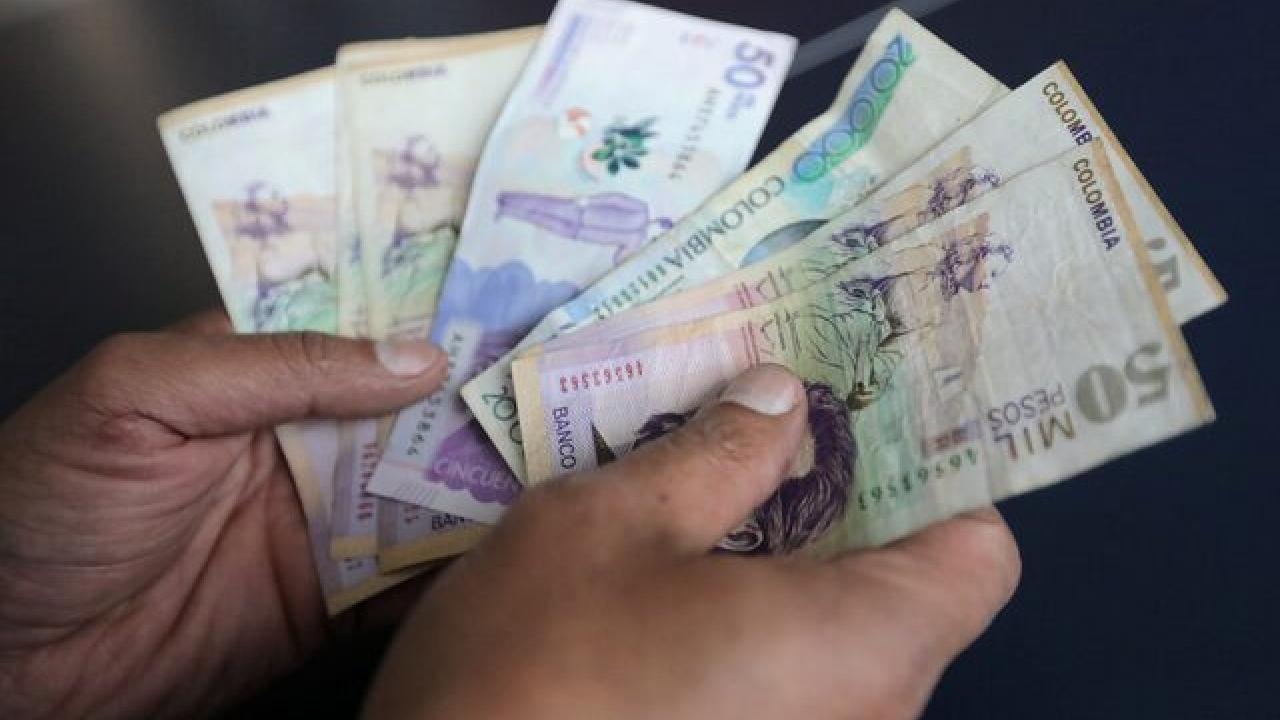
Colombia's inflation rate reached 6.86% in July, one of the highest in the region. In comparison, Brazil's inflation is at 4.5% compared to the previous year, and Mexico's at 5.57%.
A recent study by Hedgepoint Global Markets says that Latin American currencies have depreciated significantly in recent weeks due to a combination of factors, such as fluctuations in commodity prices and political instability.
According to Victor Arduin, Macroeconomics and Energy analyst at the consultancy, “unlike last year, Mexico and Brazil, which previously performed well compared to other emerging countries, now face a strong depreciation of their currencies in 2024.
While Mexico faces challenges with reforms that could affect confidence in the country, in Brazil the focus is on the state of public accounts," he stressed.
The analyst points out that, in this context, Colombia performed better than its regional peers. Despite having one of the highest inflation rates in the region and facing macroeconomic challenges, its currency only depreciated by -2.05% compared to the previous year, while other currencies, such as those of Brazil (-12.86%), Mexico (-15.13%) and Chile (-6.87%), suffered more significant declines.
“By delving into the emerging countries’ currency markets, we will explore the outlook for the Colombian peso,” he says.
COLOMBIA HAS ONE OF THE HIGHEST INFLATION RATES IN THE REGION
Colombia's inflation rate is one of the highest in the region, at 6.86% in July. In comparison, Brazil recorded a price increase of 4.5% compared to the previous year, while Mexico stands at 5.57%. However, recent data indicate that prices in the South American country are gradually converging towards the 3% target, a result of the restrictive monetary policy that has been in place since the end of 2021.
A possible interest rate cut by the Federal Reserve in September could widen the interest rate differential between Colombia and the United States, potentially strengthening the Colombian peso in the short term.
“This appreciation could help mitigate inflationary pressures in the economy. In addition, the weakening of the dollar could benefit the currencies of emerging countries, as well as those of commodity-exporting nations, such as Colombia,” he said.
Although monetary trends have given positive signals to central bank authorities, the fiscal situation presents a different picture. As in other countries in the region, the market has expressed concerns about the country's fiscal structure, mainly due to lower than expected revenues and pressure from higher spending in the budget.
COLOMBIAN PESO HAS A GOOD PERFORMANCE
Despite significant fiscal challenges, the Colombian currency has outperformed some of its peers in 2024.
“Our econometric analysis, by breaking down the volatility of the currencies of emerging countries and commodity exporters, allowed us to estimate a fair value for the Colombian peso. By comparing the current value of the currency with these estimated fair values, we found that the Colombian peso is valued relative to the fundamentals observed in other countries,” he said.
Victor notes, however, that it is important to note that the recent depreciation of the currency, driven mainly by the government's expansionary fiscal policies, may put additional pressure on the exchange rate in the second half of 2024, even in a context of less restrictive monetary policy in the United States and Europe.
“In this case, monetary policy fundamentals may support the currency in the short term. However, the trajectory of public debt and the high fiscal deficit will gradually increase market uncertainties, leading to depreciation pressures on the currency,” he believes.
Colombia faces challenges other than fiscal ones that could affect the performance of the Colombian peso. Its trade balance has come under pressure due to falling commodity prices. As a result, the country is likely to see lower dollar inflows.
Oil is one of the country's main export commodities . However, domestic production has declined in recent years. Rising prices, driven by the war in Ukraine, have mitigated this impact, but the recent drop in oil prices may cause market unrest.
“The country aims to increase its oil production to 1 million barrels per day. However, higher taxes, together with public policies that promote the energy transition, have discouraged investments in the upstream oil sector, making it difficult to achieve this goal,” he concludes.
In short, although Latin American countries such as Mexico and Brazil face a steeper devaluation of their currencies in 2024, the Colombian peso has performed better.
This does not mean that domestic fundamentals are free from concerns. The country's fiscal situation remains complex and falling commodity prices, primarily oil, may pose additional challenges.
US interest rate cuts may offer relief to monetary authorities in several countries, including Colombia, where the interest rate differential is likely to strengthen the Colombian peso and help reduce inflation.
However, these benefits may be outweighed by internal factors that cause concern and may reduce the inflow of dollars into the country.









